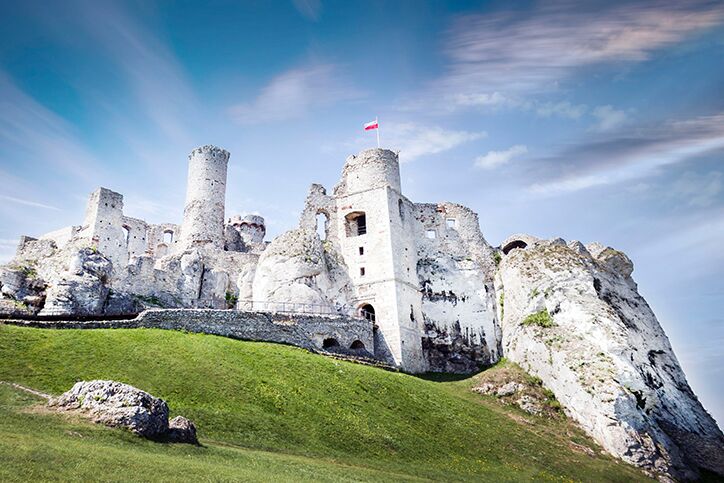Here in America and in most of Canada, we have funeral traditions that have stood the test of time for decades, even centuries.
But our traditions are vastly different from those in other countries and cultures.
This article looks at Polish funeral traditions and is part of a series that highlights how different cultures care for their dead. Other parts of the series are about Bahamian funeral traditions and ancient Roman funeral traditions, among others.
Note, these traditions may vary depending on the person and their own beliefs.
Death Beliefs
In Poland, they picture death as a tall, lean woman wearing a white sheet and holding a scythe. Even though no one can stop her, animals can warn others if she is near. They also believe death is better if it’s quick and painless and if it’s from illness rather than unexpected.
Preparation of the Body
When someone dies, their family covers any mirrors with cloth and stops the clocks in the house. They also open the windows and doors for the deceased’s soul to go to Heaven. Additionally, they nail a cloth to the door— black cloth for older married people, green for a young man, and white for a young girl.
Along with the home rituals, they place a coin in the deceased’s mouth, hand, or left armpit for their afterlife journey.
The Wake
During the wake, also called Pusta Noc, mourners sing, pray, and wail to keep evil spirits away. Someone always stays by the body to protect it from harm. Also, they leave food and drinks for the deceased’s soul. And during the first night, they light a candle and let it burn throughout the night.
The wake usually lasts three days with the funeral on the third day. When it’s time for the funeral, the family takes the body out of the house feet first.
Polish Funeral
According to the 2011 census, Roman Catholic is the most common religion in Poland with 87.5% of the population. Therefore, most Polish funerals follow Roman Catholic traditions. During the funeral service, the priest talks about the deceased’s life. After the service, there is a funeral procession with a hearse to the burial spot.
Polish Funeral Flowers
Two popular Polish funeral flowers are chrysanthemum and kalia lily. Funeral flowers usually are white since white flowers are a mourning symbol, along with white cloth.
Those who were close to the deceased usually send the family a floral arrangement, such as a cross or basket. Along with these flowers, there also is a casket floral spray.
Burial and Cremation
Burial is still the most common Polish funeral arrangement. However, according to the 2013 International Cremation Statistics, there’s an increase in Poland cremation rates. In 2013, cremations accounted for 16% of Poland funerals and as of 2014, there were around 30 crematoriums in Poland.
For burials, people usually choose wooden caskets and nice burial clothing. After the graveside memorial service, loved ones throw dirt onto the casket and say their goodbyes. The headstone usually has a birch cross engraved with the deceased’s name, lifespan, and a prayer.
Funeral Feast
After the funeral, there is a funeral feast either at the family’s home or another special place. Typically, they serve Kasza porridge and vodka with honey. They also have a feast on the one-year anniversary of the death.





We have found her in the USA, in several parts of the country that the chest of the deceased is covered with holy cards. We can’t tell if they are saints cards or remembrance cards from people who had already died. In one case, the deceased also had a bell around his neck. Has anybody heard of this and do you know its significance?